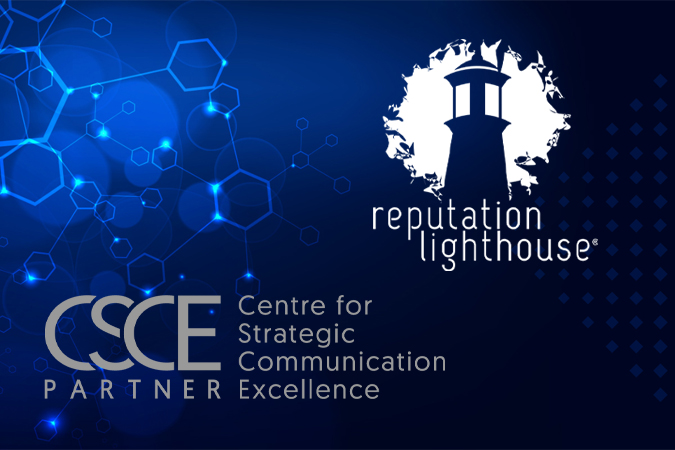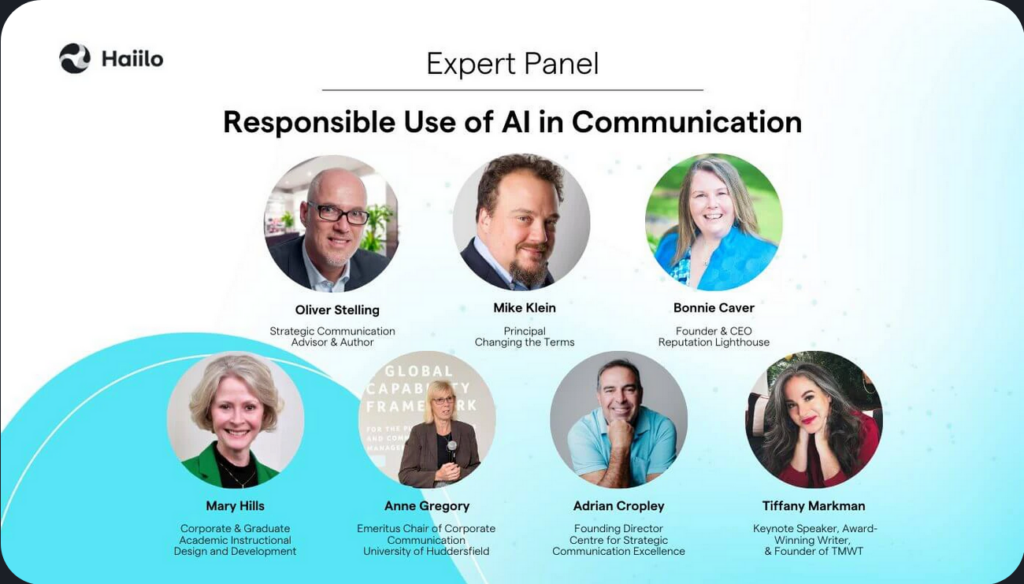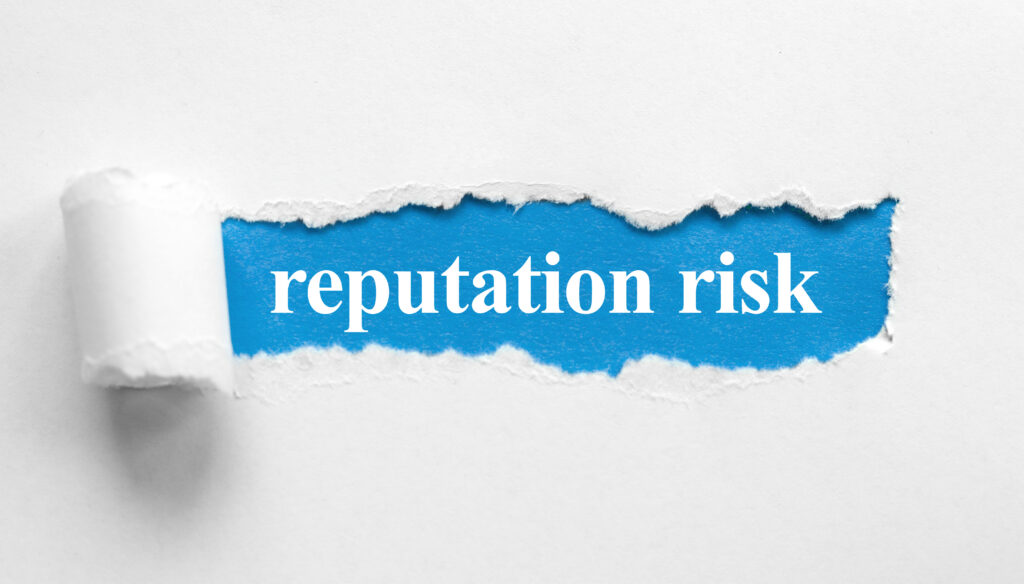For corporate leaders, change management is part of the job description, and can be considered a natural organizational progression. Yes, getting buy-in, even at the executive table, can be challenging. Yet, once leadership decides on a path, you can begin to set forward initiatives designed to evolve the organization for its next growth stage. Some might say that this type of change, Evolutionary Change, is exciting.
Evolutionary change is the type of change management an organization embarks upon as a normal course of business to continue to compete at the highest level. Evolutionary change is on an organization’s own terms. It is strategic, planned, and systematic. A team of experts from a cross-section of disciplines is likely dedicated to shepherding this change.
Examples of evolutionary change include technology implementations, think ERP and CRMs. Other evolutionary changes might include acquisitions, mergers, and divestitures. Or maybe the change you are leading includes launching a new product line, rebranding a product or the whole company, the first 100 days of a new CEO, going into new markets, or launching outside of your headquartered country. You get the gist. We’ve all been through this type of change and likely even led these change initiatives.
Still, data suggests that change projects have as much as a 70 percent failure rate. Regardless of the percentage, it is accepted that change is difficult. Even when you have clear outcomes, achieving them can be elusive. The reasons for failure can be multi-faceted and complex, but common scenarios include lack of clear objectives, poor communication, organizational cultural issues, misalignment, and inadequate leadership.
In today’s environment, you might feel like the change you are leading within your organization is different. That is because the business environment is experiencing Revolutionary Change in addition to the regular evolutionary change that most companies are equipped to manage. Revolutionary change is transformations driven by a changing environment, often outside your organization. This change happens fast, may not have clear outcomes of success, may have many micro-shifts or be in a constant state of change as the environment settles, and has a much larger number of stakeholders to consider (internally and externally).
A few examples of revolutionary change include AI, Sustainability, Post-COVID Business and Work, Reskilling workforce, Climate Change, Data and Privacy, Genetic Engineering, Big Data, Inclusivity, Sharing Economy, War/Political Conflicts, Economic Shifts in Power, and Vulnerabilities in Supply Chains.
McKinsey calls this time the “new era of perpetual organizational upheaval.” And the rate of revolutionary change is here to stay. Some futurists predict we will be in revolutionary change through 2030. If the success rate for the more predictable evolutionary change was 30 percent, then we should really be thinking differently about change. Survival to compete another day requires organizations to look at how external environments drive their organization’s need for change, sometimes radical change. Revolutionary change requires structure and behavior transformations and, in some cases, total reshaping and realignment of strategic goals and operations. And maybe the biggest kicker is that many revolutionary changes impact personal belief systems, creating immediate divides among your stakeholders.
To lead your company through revolutionary change, you must be able to move fast, create buy-in on the fly, and authentically communicate throughout the process. You may also have multiple changes happening at once, so focus and measurement are essential. As a leader of revolutionary change, you have a lot of responsibility on your shoulders. To lead your organization through transformative times, here are six key strategies for staying on top and getting ahead of the competition.
1. Become a futurist. Well, not really. It is hard to be a company leader and a futurist simultaneously. But find futurists to follow and learn. Let them study how we adapt and take that knowledge into your change leadership. A perfect example is VUCA. Anyone trained in change management has spent a good amount of time in VUCA (Volatility, Uncertainty, Complexity, and Ambiguity). We used to think of this as a situation of constant change until we met revolutionary change. If you follow futurist Jamais Cascio, who has been recognized among Foreign Policy magazine’s Top 100 Global Thinkers and is a distinguished fellow for the Institute for the Future, then you may now be a student of BANI. The BANI model for working in chaotic futures is Brittle, Anxious, Nonlinear, and Incomprehensible. Think about how these simple word shifts impact how you manage change and how your stakeholders react to change.
2. Accept your human side. In leadership training, we always discuss bringing your human side forward, showcasing personal authenticity, and even honestly sharing vulnerabilities. This isn’t easy for leaders. Look at how many books Brené Brown has sold, to go along with her sold-out workshops, and her popular podcast. In reality, we find that leaders try to put on a show of authenticity. Not because they don’t want to be “real” at work, but because they don’t even want to accept that they are mere humans until the burnout and the fatigue hits, and then it is too late. Employees emulate the work environment leaders set. How can you expect your employees to care for themselves if you don’t care for yourself? What happens to your company if you are all tired, burned out, and putting your mental health at risk? If you are not going to accept you are human, then science fiction may already be reality.
3. Bring your emotional intelligence. Understanding the emotions and behavior of others cannot be overstated. Emotional intelligence is foundational to motivating and leading a team. Understanding when to push, when to pull, and doing so with empathy is essential during revolutionary change.
4. Know Your Brand. Never before has it been more important to have a Living Brand, which is when your brand is so entrenched in the way your organization functions that you make operational decisions based on what your organization stands for in the marketplace, industry, community, and world. One of the biggest myths leaders learn is that brand is a marketing function. It is NOT. Brand is a leadership function that lives throughout the entire organization. You should also recognize that with change, your brand needs a regular check-up to ensure it is still fit for purpose as your organization’s North Star (we like to call it the Lighthouse Beacon).
5. Add Reputation to Your Risk Assessments. Understanding, measuring, and monitoring the risks are essential practices during change. Keeping a pulse on your reputational risks is equally important. These risks may or may not be the same as those your CFO or Chief Risk Officer are focused. They may, however, need a different lens for analysis with their own monitoring and proactive actions attached.
6. Create a Culture of Communication. When your organization changes, so do your communication flows and messages. As a leader, you set the tone for communication, and the more you can create a communication culture, the more successful you will be at leading change. This means designing communication both internally and externally. For this reason, we see more chief communication officers and communication consultants taking on the leadership role of change management as organizations take on revolutionary change.










